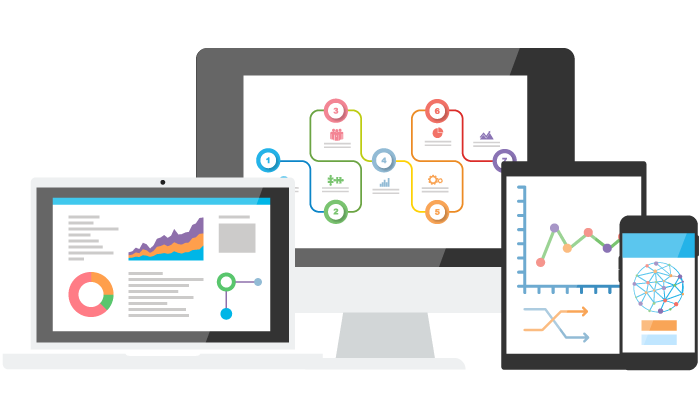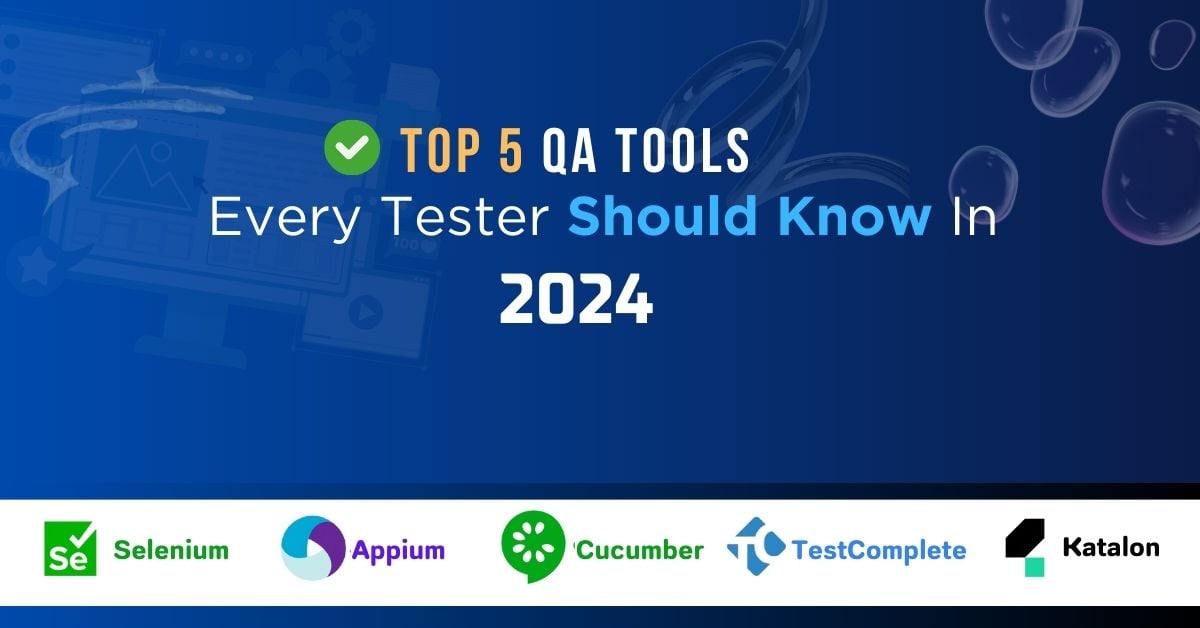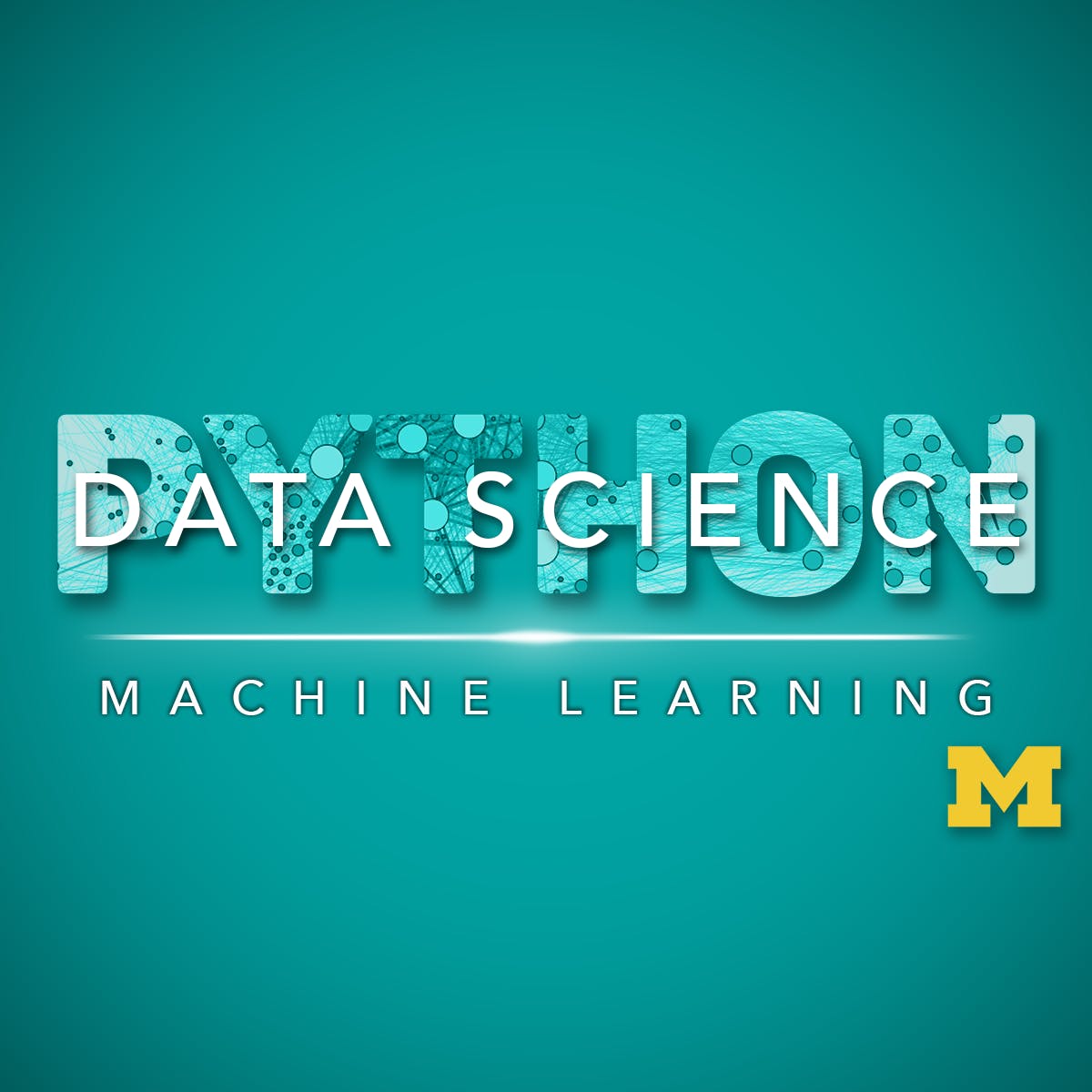What is SPSS ?
SPSS is a widely used software which is used as a statistical analytic tool in the field of Social Science. Some example of Social Science includes Market Research, Competitor Analysis, Surveys, and others. Full form of SPSS is, ” Statistical Package for the Social Sciences “.
It is a flexible and comprehensive statistical data management and analysis tool which is one of the most popular statistical package. It can perform highly complex data manipulation and analysis with ease. SPSS is designed for both type of users, i.e interactive and non-interactive.

Below are some key points to consider it as a best tool to use for data analysis as it comes with many features some of which are described below.
Effective Data Management
SPSS reduces the manual work of the user to a great extent. It makes data analysis easier and quicker as the program knows the location of the cases and the variables.
Wide range of options
SPSS offers graphs,charts and wide ranges of methods. SPSS also comes with better cleaning and screening option of the information as a preparation for detailed analysis. SPSS stores the data in a separate file. The output is also kept separate from the data itself. So,it has a wide range of options.
The Core Functions of SPSS
SPSS comes with four programs which assist the complex data analysis needs of researchers.
Statistics Program
Statistics program of SPSS provides a plethora of basic statistical functions. Some of the statistics programs include frequencies, cross tabulation, and bivariate statistics.
Modeler Program
Modeler program of SPSS enables researchers to build and validate predictive models using advanced statistical procedures.
Text Analytics for Surveys Program
Text Analytics of SPSS for Surveys helps administrators to uncover powerful insights from responses and also helps to open-ended survey questions.
Visualization Designer
Visualization Designer program of SPSS allows researchers to use their data which makes it easy to create a wide variety of visuals like density charts and radial boxplots with ease.
In addition to the four programs which are mentioned above, SPSS also provides solutions for data management. It allows researchers to perform case selection, create derived data, and perform file reshaping.
SPSS also comes with the feature solution of data documentation. It allows researchers to store a metadata dictionary which acts as a centralized repository of information pertaining to data such as meaning, relationships to other data, origin, usage, and format.
There are a handful of statistical methods which can be leveraged in SPSS, these includes :]
- Descriptive statistics: Descriptive statistics includes methodologies such as frequencies, cross tabulation, and descriptive ratio statistics.
- Bivariate statistics: Bivariate statistics includes methodologies such as analysis of variance (ANOVA), means, correlation, and nonparametric tests.
- Numeral outcome prediction such as linear regression.
- Prediction for identifying groups such as cluster analysis and factor analysis.
Benefits of SPSS software
1. Thorough data management
SPSS software gives a lot of control to the user. Especially, When it comes to organizing and managing data. The software remembers the location of the variables and cases as it provides quick and accurate data analysis.
2. An entire gamut of options
The techniques of screening and cleaning data within SPSS is awesome for future analysis. SPSS gives a user a wide range of graphs, methods, and charts. Any type of statistical analysis is a breeze with SPSS.
3. Better organization of the output
The output is usually kept apart from the data in SPSS. It stores all the results in a separate file that is different from the file in which the data is stored. You will not have to worry about overwriting any other information by accident when you use SPSS.
SPSS offers a flexible, customizable way to get super granular on even the most complex data sets. The idea used behind SPSS gives researchers more options to identify trends, develop predictive models, and draw informed conclusions.
Unlike Microsoft Excel and other available tools, SPSS provides with in-depth, faster and accurate data analysis.
What is SPSS Training?
SPSS training is a statistical package where you learn about SPSS software in detal. It is used for beginning, intermediate and advanced data analysis. It is widely used by researchers, companies, government, data miners, and others in the field of social science. Being familiar with this program helps them a lot in future.
Features of SPSS Training
- SPSS is easy to learn and use
- SPSS comes with a lot of editing and data management tools
- SPSS offers in-depth statistical capabilities
- SPSS offers excellent plotting, reporting, and presentation features
At the end of the course, you will be able to:
1) Know details about SPSS software and how to use it
2) Get an overview of the SPSS
3) Learn to enter different data
4) Understand about the data management
5) Learn to open an excel file in SPSS
6) Know about filtering and data cleaning
7) Learn how to analyze data using different statistical techniques
8) Run statistical analysis on different type of data
Pre-Requisites for taking this SPSS Courses
This SPSS course does not require any additional knowledge. A basic knowledge about computer and statistics is enough to take up this course.
Target Audience for this SPSS Courses
The course is useful for the Professionals, researchers, and statisticians. Also, students and anyone who is interested in learning about SPSS can take up this course.
Where to take SPSS training in Nepal ?
Broadway Infosys Nepal is a SPSS Training Institute. You can learn SPSS software basics and advanced ideas at Broadway. Broadway also provides internships and job placement opportunities for students. You can learn more details about this training in the link given below.
Related link : SPSS training in Nepal







